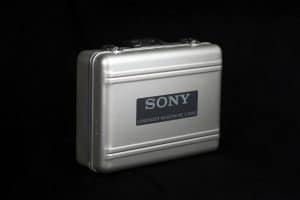Sydney Recording Studio: Balalaika is a traditional Russian instrument with a wooden triangle-shaped body and three (or rarely six or four) strings. It is sometimes called a “Russian three-string guitar.” For centuries, balalaika was a popular village folk instrument played by skomorokhs (a kind of jester-musician) to entertain people. A Balalaika is something we have never seen in our Sydney Recording Studio (so far!)
Together with garmon’ (accordion) balalaika is a Russian symbol. Different characters from Russian folklore, especially bears, often play the balalaika.
Balalaika’s babble
The word balalaika is similar to the Russian words “балакать,” “балаболить” and “балабонить” meaning “babble” or “jabber.” This connection not only underlines the folk origins of the balalaika but also uncovers its essence as an easy and fun instrument with a sonorous but soft and even tender voice.
Sydney Recording Studio: Balalaika – Symbolic triangle
Some researchers suppose that the three sides and three strings of the balalaika may symbolize the Holy Trinity. But this theory is rather weak: at different times in Russian history the instrument was banned by the Church and, moreover, musical instruments are not allowed in the Orthodox liturgy.
A more credible explanation for the triangular shape of the Russian balalaika is that it was initially made from a pumpkin: quarter a pumpkin and you get a balalaika shape!
Big and small
Sydney Recording Studio: Balalaika Family
The balalaika family includes a number of instruments from the smallest – a 60 to 70 cm long prima balalaika, to a big balalaika-contrabass measuring almost two meters.
The backs are usually made of three, six or nine sections and the balalaika’s top is always beautifully decorated.
The balalaika has been well known in North America since the beginning of the 20th century, when the Russian Balalaika Orchestra first toured the continent. Over the past half-century a number of balalaika associations have been set up in different corners of the planet.




